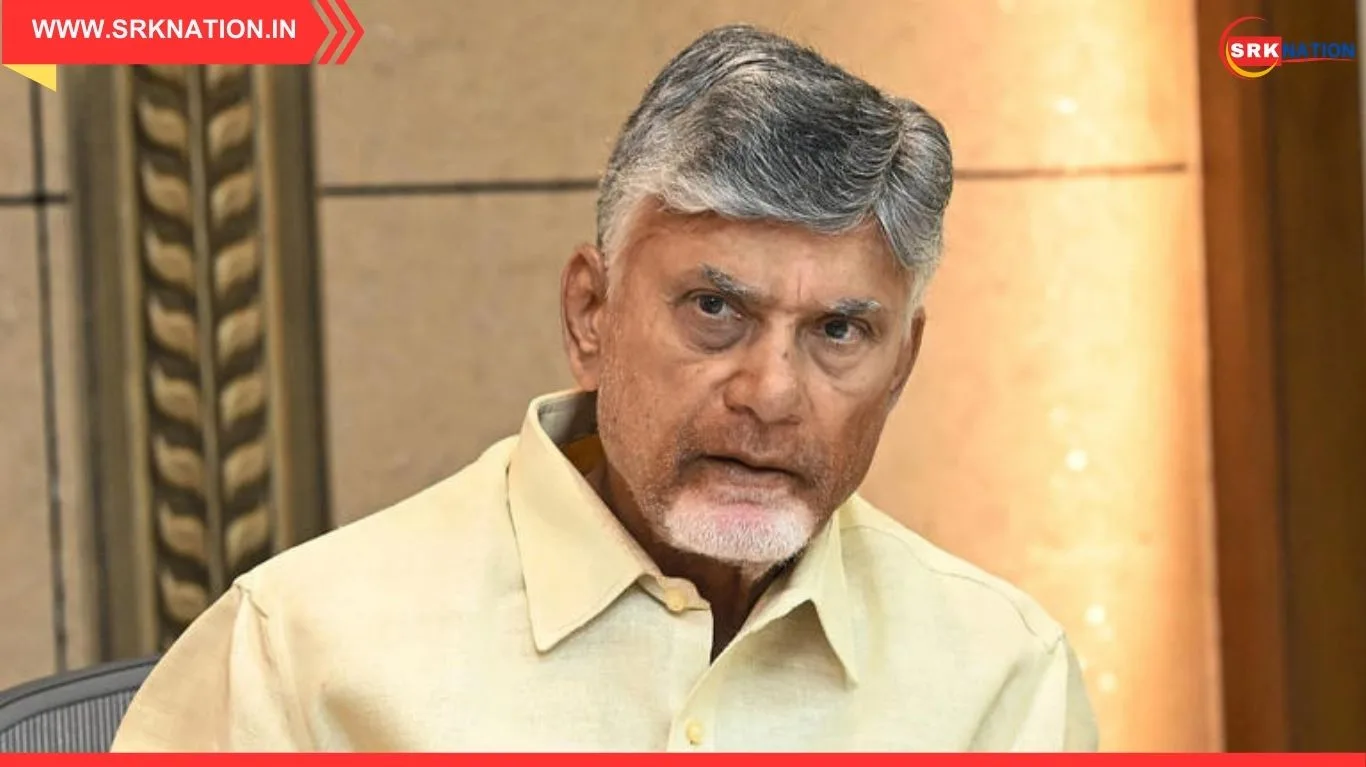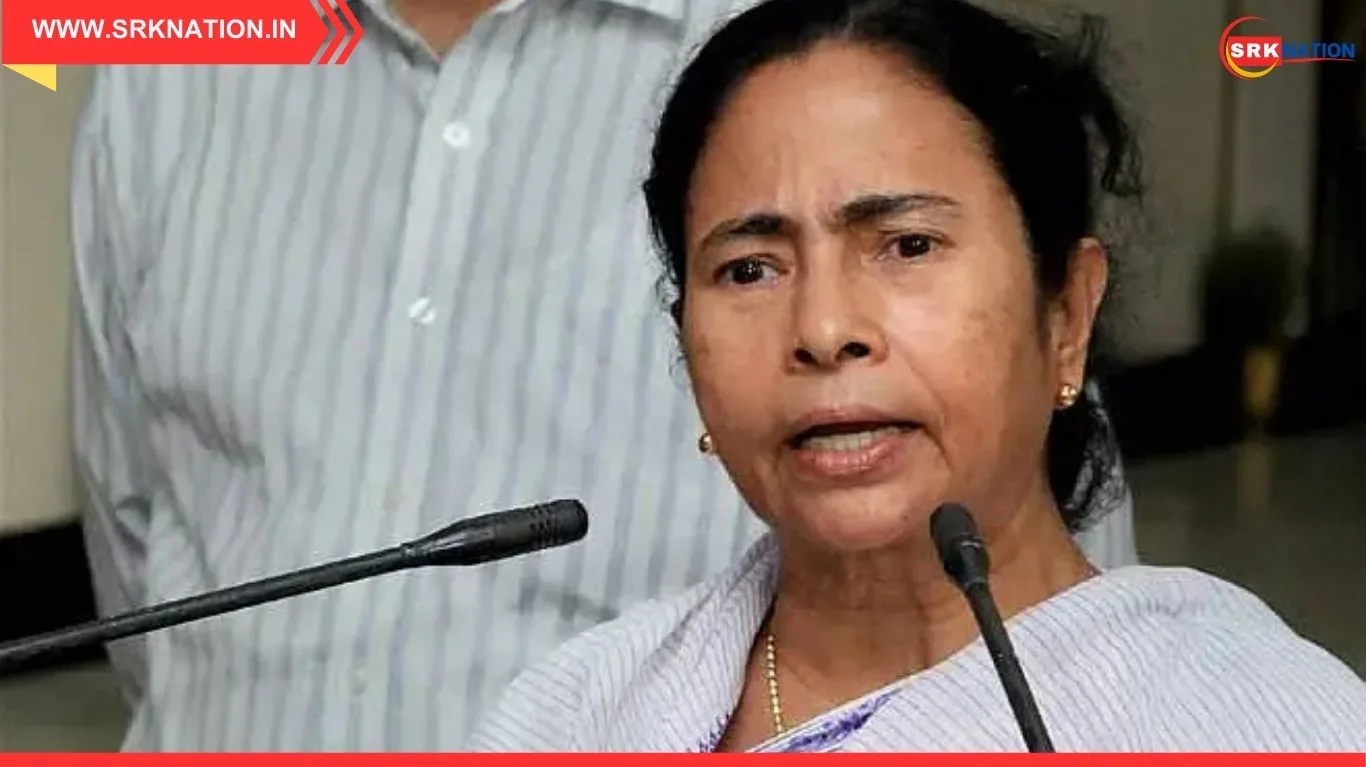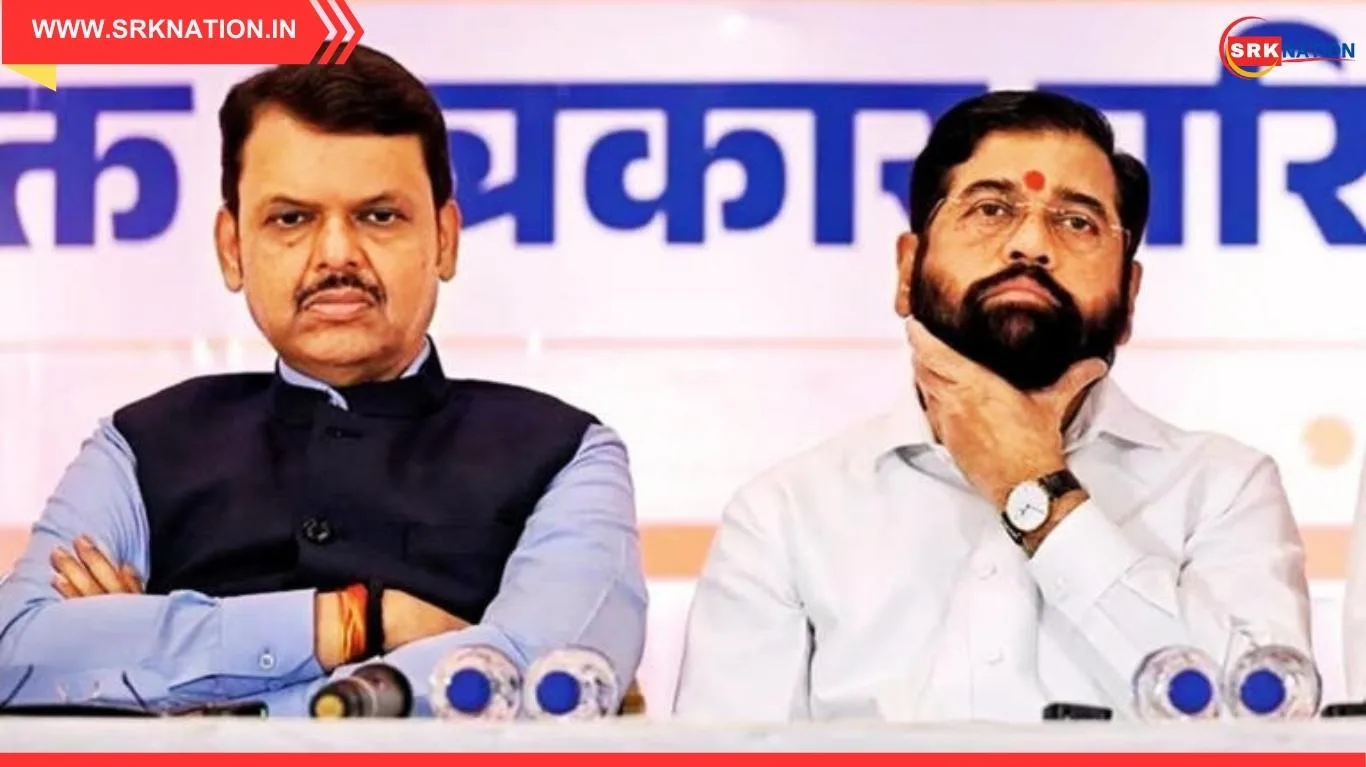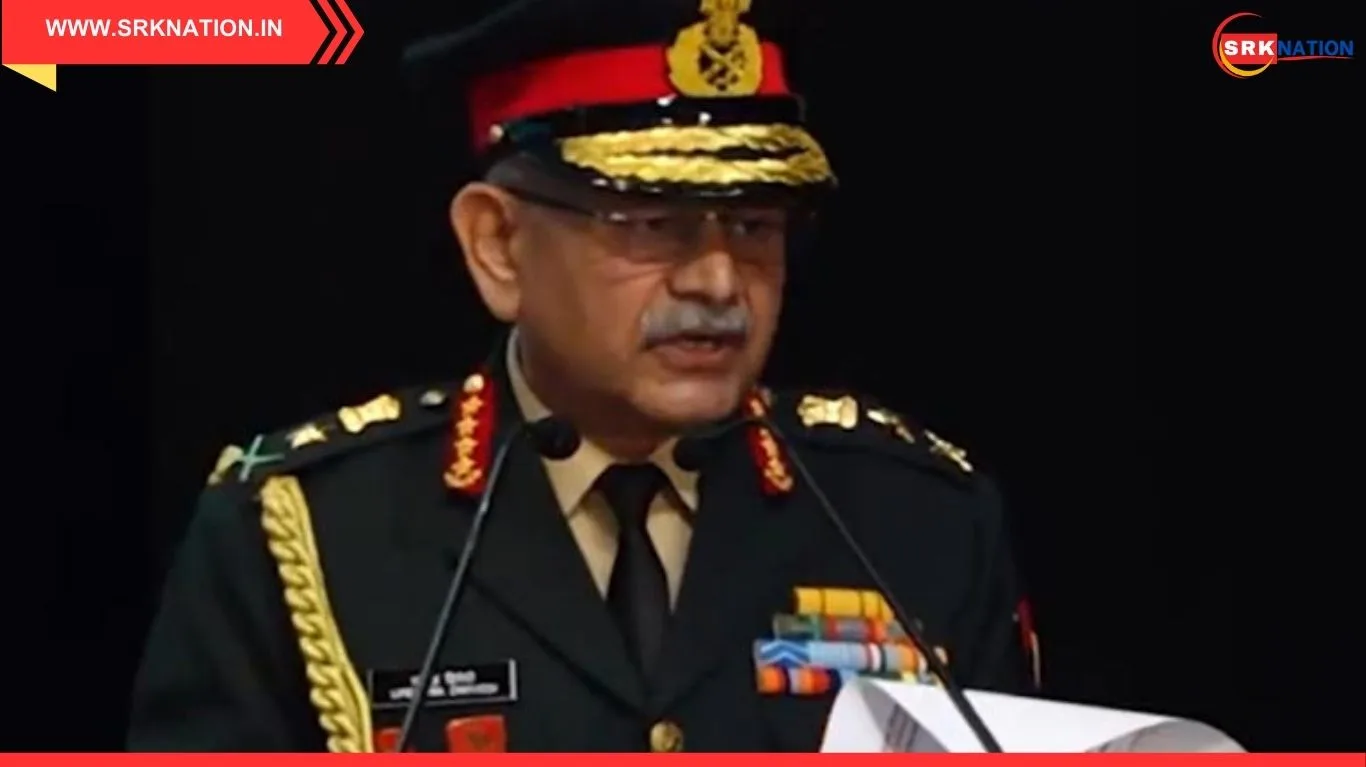The Goods and Services Tax (GST) regime, which was rolled out in 2017 as India’s biggest indirect tax reform, is once again at the center of political and economic debate. Prime Minister Narendra Modi’s announcement of GST 2.0 has triggered a storm in the political arena, with the Congress party demanding a comprehensive discussion paper before any changes are finalized. The opposition has emphasized that the revised framework must not only simplify compliance but also ensure protection for state revenues and autonomy.
The Congress, in its sharp response, remarked that the government has “finally woken up” to the challenges and inefficiencies of the existing GST system, which it claims was hurriedly implemented without adequate consultation.
Congress Pushes for Transparency and State Protection
Senior Congress leaders argued that GST, while transformative in principle, has faced consistent issues such as complex compliance procedures, delayed compensation to states, and reduced fiscal flexibility for state governments. The party has now demanded that before rolling out GST 2.0, the government must publish a detailed discussion paper, inviting inputs from all stakeholders, including opposition parties, industry associations, trade bodies, and state finance ministers.
The Congress has made three major demands regarding GST 2.0:
- Simplification of Compliance – Businesses, especially MSMEs, should not be burdened with multiple return filings and complex tax slabs.
- Protection of State Revenues – The five-year compensation window that ended in June 2022 should be revived or extended in a new form to safeguard states’ fiscal health.
- Transparency in Process – A white paper should be published outlining the intended changes, rationale, and impact assessment before introducing GST 2.0.
GST 1.0 – Achievements and Challenges
When GST was launched in July 2017, it was hailed as a “One Nation, One Tax” revolution, replacing a complex web of indirect taxes such as VAT, excise, and service tax. While it streamlined taxation to a great extent, the system was not without flaws.
| Key Aspect | Intended Benefit | Challenges Faced |
|---|---|---|
| Tax Structure | Unified system with multiple slabs (5%, 12%, 18%, 28%) | Complicated for businesses, calls for fewer slabs |
| Compliance | Ease through online filing | Frequent changes, technological glitches |
| Revenue for States | Compensation promised for 5 years | Delays and disputes over disbursal |
| Business Impact | Reduced cascading effect of taxes | Higher compliance burden for MSMEs |
The Congress argues that these challenges continue to persist, and without addressing them, GST 2.0 could end up being a cosmetic change rather than real reform.
Why GST 2.0 Is Being Pushed Now
The push for GST 2.0 comes at a time when India’s economy is striving for stronger growth momentum amid global headwinds. Policymakers are considering a restructuring of tax slabs, reduction in compliance burden, and increased use of technology for efficiency.
The government is also under pressure from industries that have long complained about multiple tax slabs, inverted duty structures, and frequent amendments that create uncertainty. GST 2.0 is expected to address these concerns by:
- Rationalizing tax rates into fewer slabs.
- Offering more stability in rules.
- Strengthening state finances with a revised compensation mechanism.
Political Debate Intensifies
The Congress sees the government’s move as a belated acknowledgment of what it had warned about years ago. Senior leaders criticized the Modi government for not consulting widely during GST’s original rollout, which they argue left states at a disadvantage.
A Congress spokesperson stated, “This government has finally woken up to the flaws of GST. But unless states are fully protected and industry’s voice is heard, GST 2.0 will not achieve its objectives.”
The BJP, on the other hand, defended the reforms, stating that GST has significantly increased compliance and broadened the tax base. The ruling party insists that GST collections crossing ₹1.7 lakh crore monthly on average is evidence of its success.
Impact on States and the Federal Structure
One of the biggest sticking points is state revenue protection. Under the original GST framework, the Union government promised to compensate states for revenue shortfalls for the first five years. With that period ending, several states have raised concerns over fiscal stress.
| State Concerns | Congress Stand | Possible GST 2.0 Fix |
|---|---|---|
| Loss of revenue after compensation ended | Compensation window must be extended | A revised compensation fund or formula |
| Fiscal autonomy erosion | More decision-making powers for states | Greater say in GST Council voting |
| Compliance costs for state-level businesses | Simplify returns and tax slabs | Single return filing, fewer slabs |
The Congress argues that without a clear revenue-sharing mechanism, states could face financial strain, undermining India’s federal balance.
Business Community’s Expectations from GST 2.0
Industry bodies and small businesses have long complained that GST, instead of reducing their compliance burden, has increased it. MSMEs, in particular, struggle with filing multiple returns and managing frequent changes in tax rules.
Businesses are hoping GST 2.0 will include:
- Single Monthly Return instead of multiple forms.
- Reduction in Tax Slabs from four to possibly two or three.
- Elimination of Inverted Duty Structures that lead to refund delays.
- Improved IT Infrastructure for seamless compliance.
Expert Views on GST 2.0
Economists and tax experts have mixed opinions. Some argue that GST has already transformed India’s indirect taxation and just needs fine-tuning, while others believe a structural overhaul is necessary.
Experts suggest that GST 2.0 could be an opportunity to:
- Bring petroleum products and electricity under GST to create a truly unified tax regime.
- Rationalize exemptions that reduce efficiency.
- Strengthen the GST Council’s role as a cooperative federal body.
What Happens Next?
With Congress raising the demand for a white paper and wider consultations, the government may face increasing pressure to make the GST 2.0 process more transparent. The GST Council, which includes representatives from all states, will be crucial in deciding the way forward.
If the government moves ahead without sufficient discussion, it risks reigniting political tensions and further straining center-state relations. However, if it accommodates concerns and ensures genuine simplification, GST 2.0 could become a landmark reform that boosts India’s ease of doing business and strengthens the economy.
Conclusion
The debate around GST 2.0 underscores the importance of balancing national economic goals with federal fairness. While the Modi government seeks to streamline and strengthen India’s tax system, the Congress is demanding accountability, transparency, and protection for states.
Whether GST 2.0 becomes a transformational reform or another contentious policy will depend on how much consultation, simplification, and state protection are embedded into the new framework. One thing is certain: the future of India’s tax regime is once again set to dominate political and economic discourse.
Disclaimer: This article is intended for informational purposes only. It is based on publicly available political statements and economic perspectives. Readers are advised to treat it as part of ongoing policy discussions, not as an official government position or financial advice.











